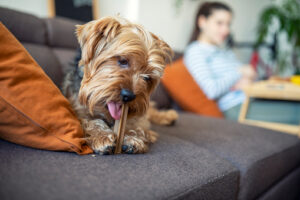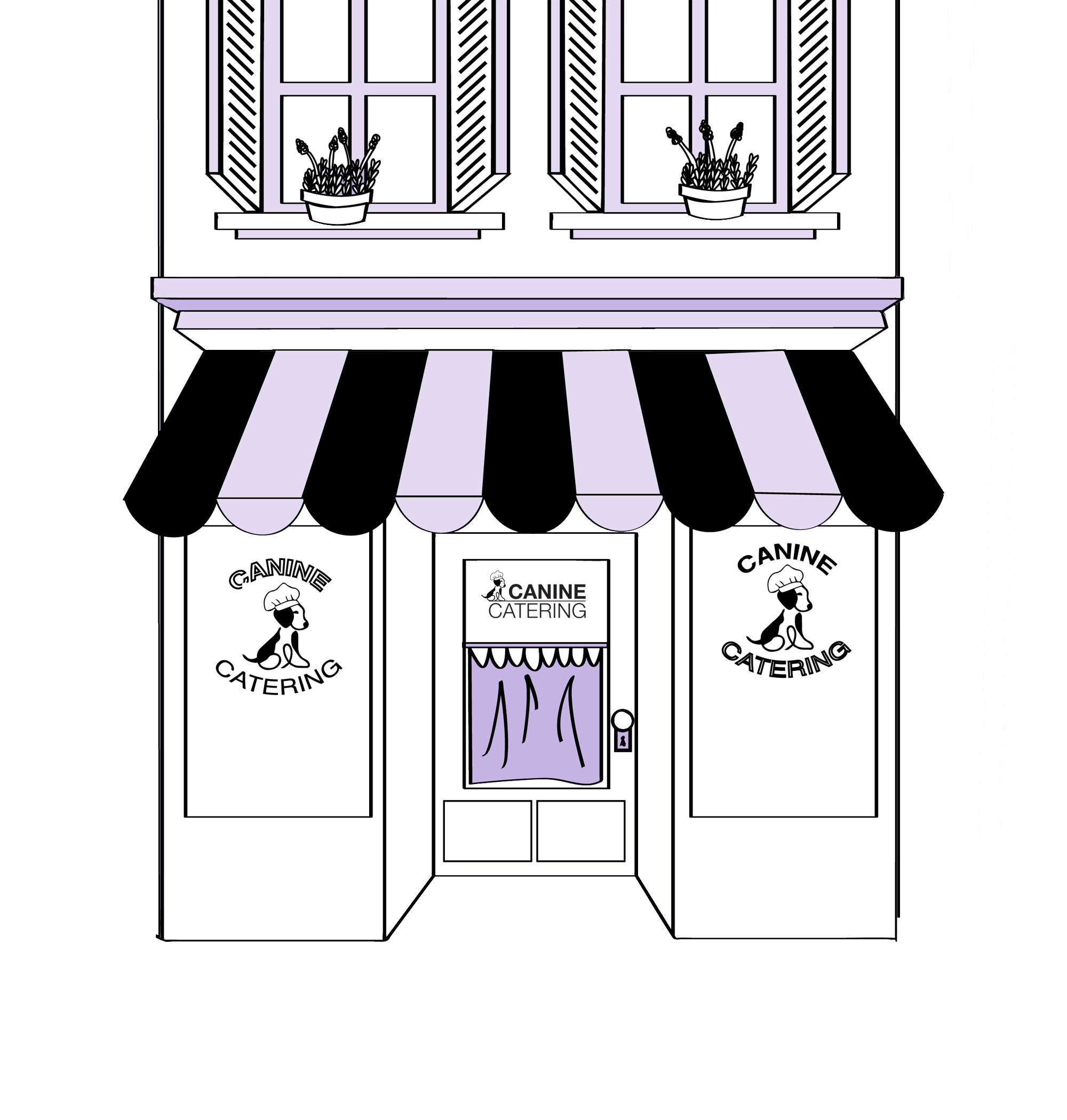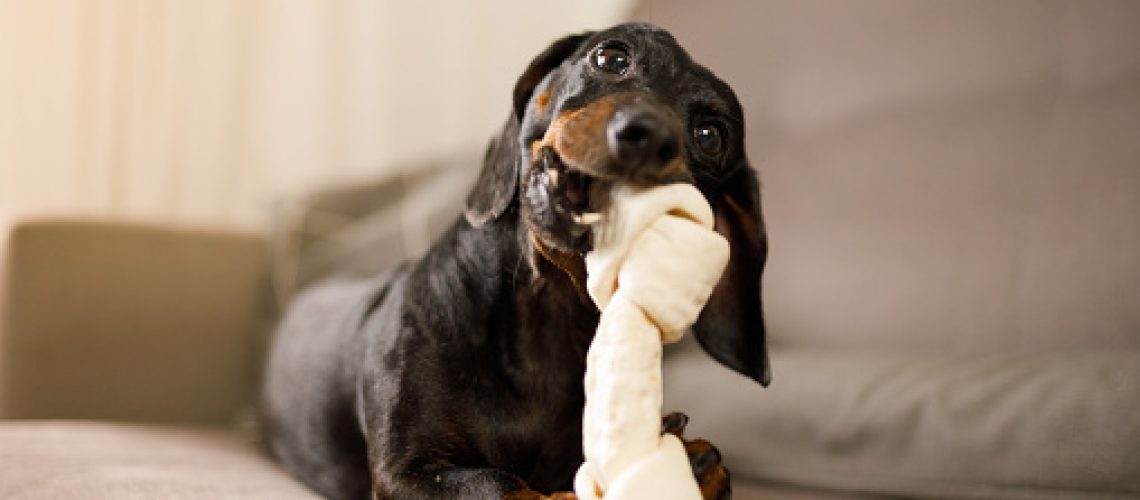Rawhide treats are an understandably popular chew for dogs. They’re longlasting, unlike most treats, so seem like more value for money. And when you’re saving your furniture from a teething puppy, trying to make a phone call without barking in the background, or just need a minute to yourself, a long-lasting distraction is a godsend. But you’ve probably also heard about the risks and health concerns about rawhide. Let’s chew on it a moment :
What’s rawhide?
Rawhide is made from the inner layer of cow or horse hides. The hides are chemically treated and cleaned, then pressed into various shapes and sizes, such as bones, rolls, and chips. Those made in countries with higher food safety standards, such as USA and Australia, are cleaned better so less likely to contain bacteria such as salmonella and E-Coli. These bacteria are a risk to both dogs and humans. Unfortunately, if they have been cleaned thoroughly, it’s hard to find out what chemicals have been used. Some companies use formaldehyde or bleach, which are harmful if ingested.
Always avoid any rawhide made of short strips glued together. They are likely to splinter, and of course there’s more chemicals in the glue. Also avoid any dyed or coloured rawhide, such as the Christmas-themed ones, because – you guessed it – even more chemicals! Rawhide is already hard on the digestive system, but the more chemicals involved, the higher likelihood of tummy upsets.
Why people buy it
- Teeth-cleaning. Scraping away plaque and tartar buildup.
- Soothe gums during teething, and strengthen puppy jaws.
- Entertainment. Bored dogs (or puppies) may have destructive behaviours.
- Stress relief and distraction. Chewing is a natural stress reliever for dogs.
Alternatives to rawhide 
Dental sticks clean teeth and freshen the breath. They now come in many varieties, so if your dog doesn’t like one brand, don’t give up. (Tip! A sprinkle of fresh parsley in your dog’s meal helps freshen breath)
Raw bones. They remove plaque and tartar, taste good, and last for ages. But they’re not the best option for senior dogs, or puppies, or any dog with weaker bones or teeth. Check with your vet first. Ensure the size of bone is big enough that your dog can’t gulp it down. For example, a chicken neck is a choke hazard for a large breed dog. If your dog likes to vacuum up food at high speed, a large dense cattle leg bone is safer. Never leave any dog unsupervised with a bone.
Snuffle mats, Kongs. A little peanut butter, or soft cheese, smeared inside a chew toy can be a good distraction. 
It must be a high value treat to your dog so they’ll put the effort in to get it. Click for our post on safe peanut butter for dogs.
If you do give your dog either a bone or rawhide, never leave them unsupervised with it, and make sure they have plenty of fresh water available.




